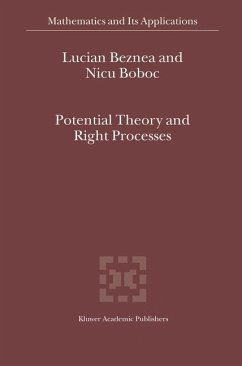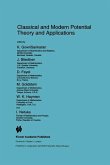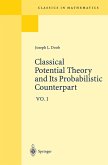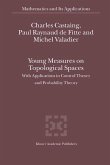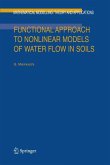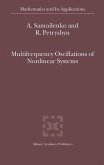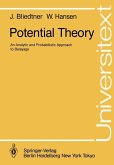The developmentsin the recent yearsof the potential theoryemphasized a classof functions larger than that of excessive functions (i.e. the positive superharmonic functionsfromtheclassicalpotentialtheoryassociatedwiththeLaplaceoperator), namely the strongly supermedian functions. It turns out that a positive Borel function will be strongly supermedian if and only if it is the in?mum of all its excessive majorants. Apparently, these functions have been introduced by J.F. Mertens and then they have been studied mainly by P.A. Meyer, G. Mokobodzki, D. Feyel and recently by P.J. Fitzsimmons and R.K. Getoor. The aimofthis bookisamongothersto developa potential theoryappropriate to this new class of functions. Although our methods are analytical, we present also the probabilistic counterparts from the Markov processes theory. The natural frame in which this theory is settled is given by a sub-Markovian resolvent of kernels on a Radon measurable space. After a possible extension of the space, such a resolvent becomes that one associated with a right process on a Radon topological space, not necessary locally compact and without existing a reference measure. Intimately related to the excessive functions we present certain basic tools of the theory: the Ray topology and compacti?cation, the ?ne carrier and the reduction operation on measurable sets. We examine di?erent types of negligible sets with respect to a ?nite measure ?:the ?-polar, ?-semipolar and ?-mince sets. We take advantage of the cone of potentials structure for both excessive functions and measures.
From the reviews: "This book contains various topics on the general theory related to the analytic treatments of sub-Markovian resolvents, it will be a good reference for the specialists of the field. ... In each chapter, after the analytic arguments of the topics of the chapter, related probabilistic results are stated." (Yoichi Oshima, Zentralblatt MATH, Vol. 1091 (17), 2006) "In the book under review, starting from a given sub-Markovian resolvent kernel {Ua} on a Radon measure space E, the authors consider analytic counterparts of the probability topics in this general framework. The book contains various subjects on the general theory involving the analytic treatments of sub-Markovian resolvents; it will be a good reference for specialists in the field." (Yoichi Oshima, Mathematical Reviews, Issue 2007 a)

